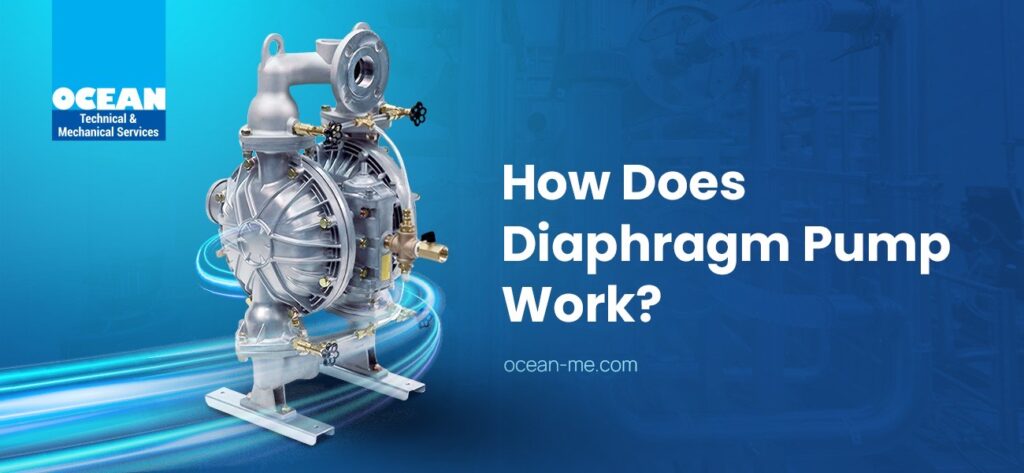Our Services
Pinch Valve
Pinch Valve
Pinch valves deliver the highest level of reliability while keeping the total cost to a minimum. For the most demanding service applications, the enclosed body design provides trouble-free operation.
Pinch Valves are an excellent choice for separating and regulating abrasive, corrosive, and fibrous materials. For emulsions, sludges, dust, gaseous materials, compressed air, powder, granulates, and pellets, the pinch valve is increasingly being employed as an isolating or regulating valve.
Pinch valves provide a typical bidirectional shut-off with no leakage. So, because the tube’s self-clearing flaring motion prevents scaling deposits from forming, the pinch valve will not jam or seat. When a new tube needs to be replaced, pinch valves make it an inline procedure that can be accomplished without the use of special tools or the requirement for re-calibration, resulting in less scheduled maintenance downtime.
Working Of Pinch Valves
The linear motion approach is used to regulate pinch valves. The most basic valve design is the pinch valve, which comprises a flexible elastomer body that obstructs media flow through the pinching mechanism of the rubber sleeve, which is the main working element. The look of pinch valve applications might vary depending on their size and design. They’re quite well-organized. In comparison to many other valves, it features a valve that is quite unusual.
The pinch valve gets its name from the fact that we close the valve by pinching the sleeves together. It is in the process of changing from an open to a closed condition. There will be no flow because the valve will be closed. However, releasing the pressure on the exterior of the sleeve causes the valve to open, allowing the substances to pass through it.
What we’re actually doing to execute the open and close process is putting pressurized air on the side through the hole, and then using the compressed air to squeeze the sleeve together and close the valve. Pinch valves can be used to start, stop, and regulate flow with an effective throttling range of 10% to 90% of the rated flow capacity.
Heavy-Duty Pinch Valves Offer:
Two or more rotating shafts may often become misaligned, resulting in significant production inefficiency. Misalignment of the shaft may result in an increase in energy consumption and a reduction in production. Ocean Technical and Mechanical Services LLC’s Laser Shaft Alignment service for industrial equipment is one of the condition monitoring services that align with rotating shafts in a co-linear manner. Proper Laser Shaft Alignment leads to increased performance and uptime, lower operating costs, and longer system life expectancy.
Advantages Of Pinch Valves
- The pressure drop across the valve is negligible.
- When the pinch valve is open, the flow is unhindered.
- The internal pipe diameter is only slightly reduced when using a pinch valve.
- The valve comprises only a few components, making it incredibly inexpensive.
- Modular design customized to suit the process conditions
- The valve can regulate and stop-start the flow.
- Resistant to scaling
- Pinch valve is operated by pneumatics. Pinch valves can also be controlled hydraulically.
- The valve’s body is anti-corrosive and anti-erosive.
- Low-cost maintenance
Application
- Slurries: liquids that include a considerable number of suspended particles
- Pneumatic systems for transporting materials like granules
- Industry of pharmaceuticals
- Industry of chemistry
- Industry of cement
- Ceramics manufacturing
- Industry of plastics
- In the wastewater industry
Why choose Pinch Valves
- Pinch valves have a full port valve structure with a smooth inner surface that allows free material flow.
- Pinch valves are manufactured by specialists with over 40 years of experience who are trusted partners of over 100,000 customers throughout the world.
- These valves are also more durable than metal, with sleeves that are less prone to wear and tear and corrosion, allowing you to increase production without sacrificing quality, dependability, or efficiency. Valve structures that are customized for specific process conditions are also available.
- Pinch Valves are also self-cleaning, ensuring trouble-free functioning throughout the life of the product. Our experience in selection, size, and design ensures that the product we supply is the best fit for the customer’s process needs.





